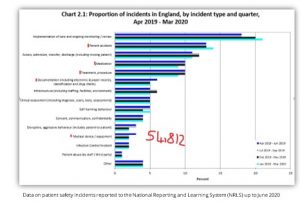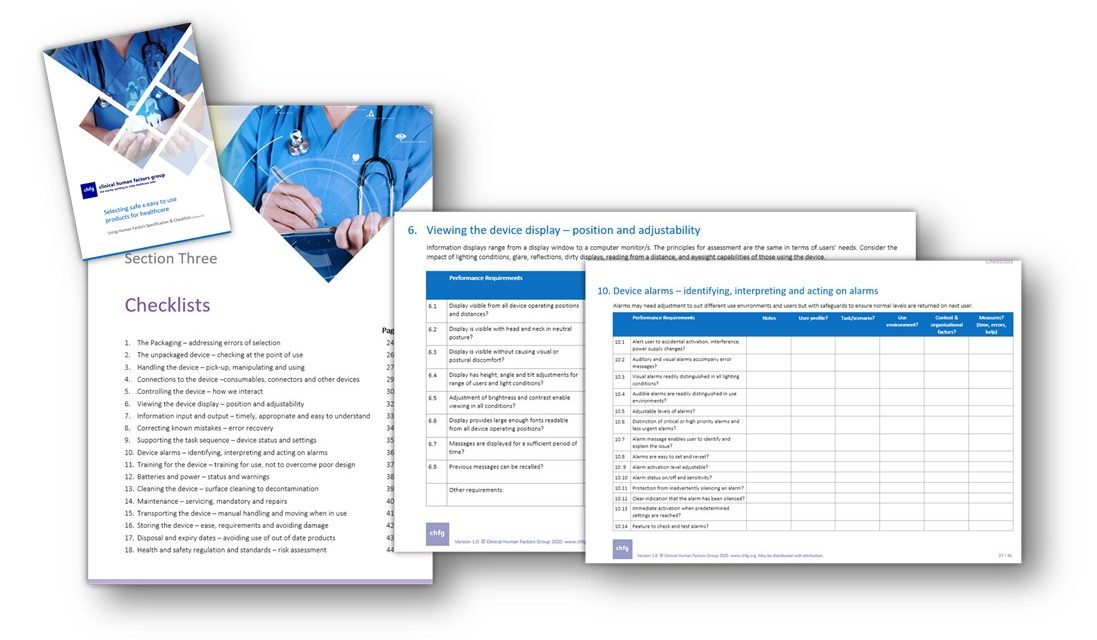Specifying, buying and assessing healthcare products presents one of the best opportunities to control risks to patients (and staff) safety.
2019 to 2020 saw 54,812 patient safety incidents identified as being related to medical devices and equipment.
This figure is likely to be more.

In 2017, for example, 260,000 diabetics experienced a hospital based medication error in the UK sparking a national investigation by the Healthcare Safety Investigation Branch (HSIB) into the use of insulin pen devices.
It’s widely recognised that using Human Factors increases the likelihood that a medical device or equipment will be safe, easy to use, effective, efficient and satisfying when people use it.
Regulations and Standards mandate that designers must use Human Factors during the design of medical devices. But this is not enough. Use-errors still occur, when designs, for example, confuse the user or are inconsistent, fail to meet users’ needs and expectations, do not do what is needed or are used in an inappropriate situation.
See more from the HSIB:
- Wrong prosthesis in joint surgery
- Wrong route medication and colour codding on oral syringes
- Design and safety use of portable oxygen cylinders
The Clinical Human factors Group continue to work with national bodies and medical device designers to increase the use of Human Factors and Ergonomics in procurement.
See “Selecting safe & easy to use products – using Human Factors Specification & Checklists.” We’ve made our checklists editable.
For NEW free (editable) checklists click here
Jo Simmons
Programme Manager
Chartered Ergonomist & Human Factors Specialist; Registered Nurse

